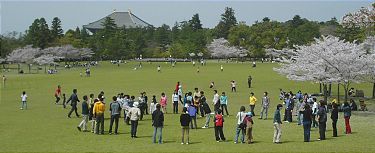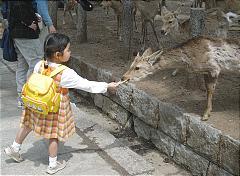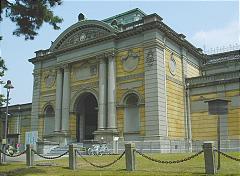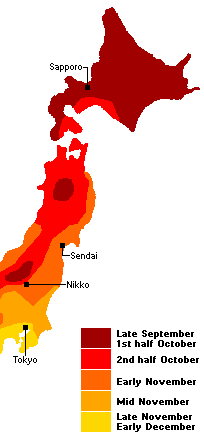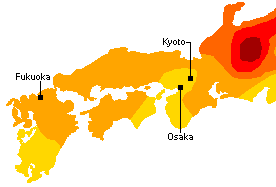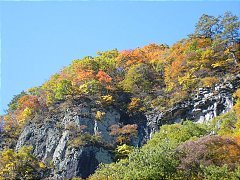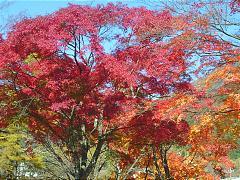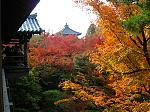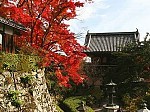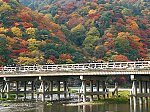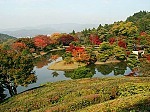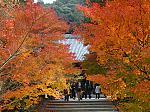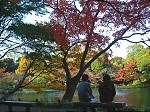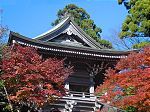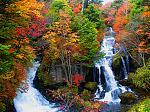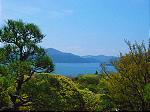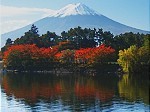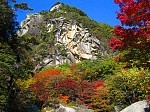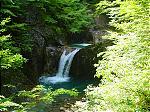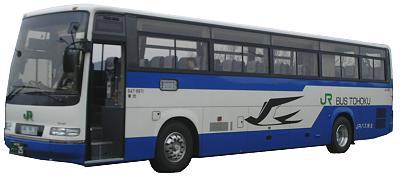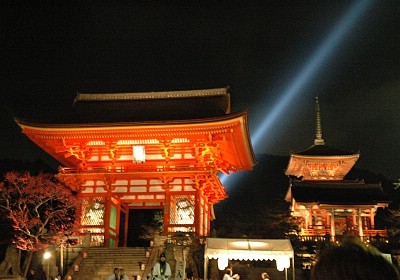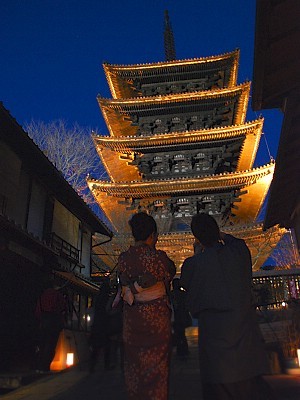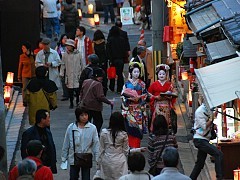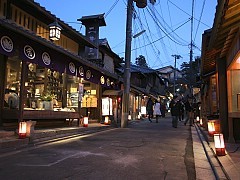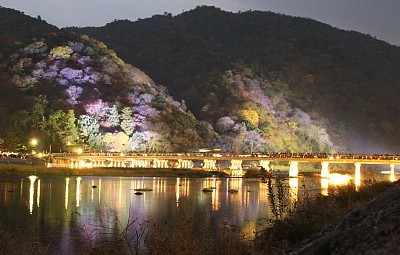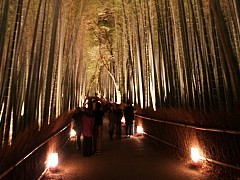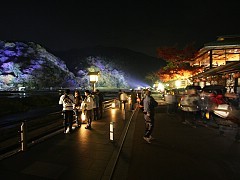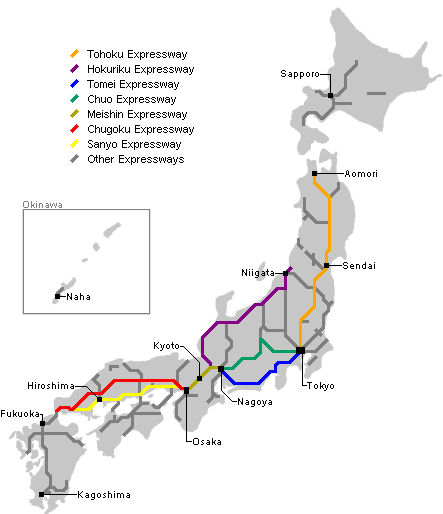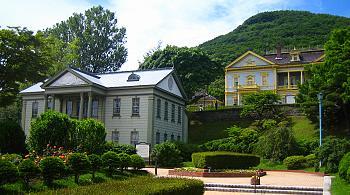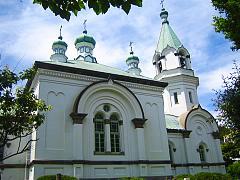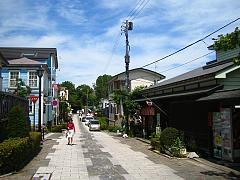| basic information |
Buddhism originated in India in the 6th century BC. It consists of the teachings of the Buddha, Gautama Siddhartha. Of the main branches of Buddhism, it is the Mahayana or "Greater Vehicle" Buddhism which found its way to Japan.
Buddhism was imported to Japan via China and Korea in the form of a present from the friendly Korean kingdom of Kudara (Paikche) in the 6th century. While Buddhism was welcomed by the ruling nobles as Japan's new state religion, it did not initially spread among the common people due to its complex theories.
There were also a few initial conflicts with Shinto, Japan's native religion. The two religions were soon able to co-exist and even complement each other.
During the Nara Period, the great Buddhist monasteries in the capital Nara, such as Todaiji, gained strong political influence and were one of the reasons for the government to move the capital to Nagaoka in 784 and then to Kyoto in 794. Nevertheless, the problem of politically ambitious and militant monasteries remained a main issue for the governments over many centuries of Japanese history.
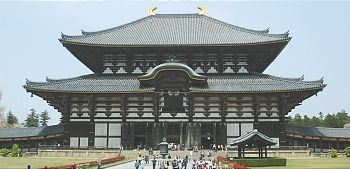
During the early Heian Period, two new Buddhist sects were introduced from China: the Tendai sect in 805 by Saicho and the Shingon sect in 806 by Kukai. More sects later branched off the Tendai sect. Among these, the most important ones are mentioned below:
In 1175, the Jodo sect (Pure Land sect) was founded by Honen. It found followers among all different social classes since its theories were simple and based on the principle that everybody can achieve salvation by strongly believing in the Buddha Amida. In 1224, the Jodo-Shinshu (True Pure Land sect) was founded by Honen's successor Shinran. The Jodo sects continue to have millions of followers today.
In 1191, the Zen sect was introduced from China. Its complicated theories were popular particularly among the members of the military class. According to Zen teachings, one can achieve self enlightenment through meditation and discipline. At present, Zen seems to enjoy a greater popularity overseas than within Japan.
The Lotus Hokke or Nichiren sect, was founded by Nichiren in 1253. The sect was exceptional due to its intolerant stance towards other Buddhist sects. Nichiren Buddhism still has many millions of followers today, and several "new religions" are based on Nichiren's teachings.
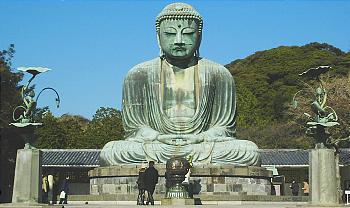
Oda Nobunaga and Toyotomi Hideyoshi fought the militant Buddhist monasteries (especially the Jodo sects) at the end of the 16th century and practically extinguished Buddhist influence on the political sector.
Buddhist institutions were attacked again in the early years of the Meiji Period, when the new Meiji government favored Shinto as the state religion and tried to separate and emancipate it from Buddhism.
Nowadays about 90 million people consider themselves Buddhists in Japan. However, the religion does not directly affect the everyday life of the average Japanese very strongly. Funerals are usually carried out in a Buddhist way, and many households keep a small house altar in order to pay respect to their ancestors.
